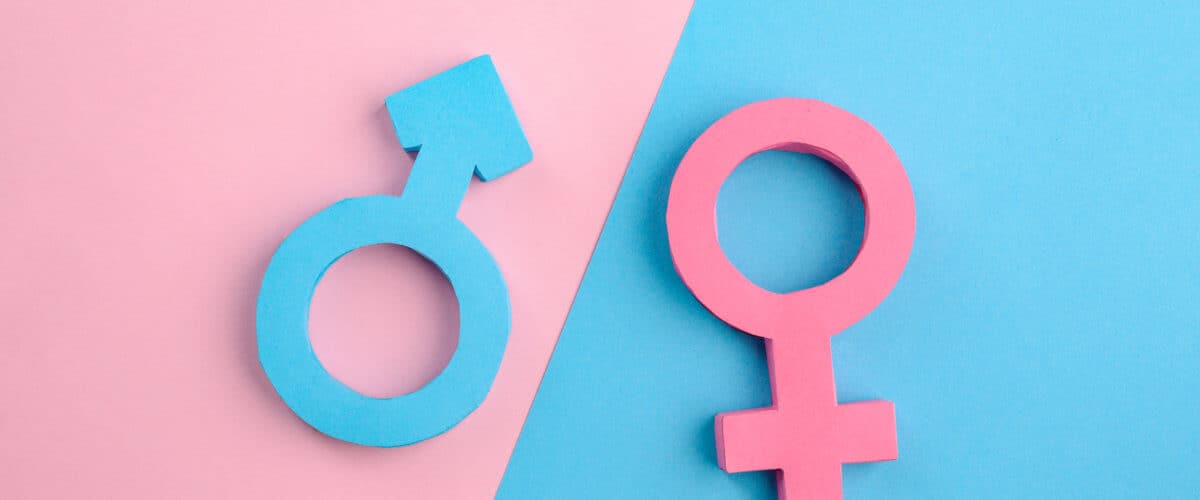Is it possible that the discrimination women face in the real world, is actually being reflected in the digital world as well? Is technology leaving women out of its fast-paced evolvement? This article tends to answer these, and a couple of similar questions.
I never really knew what the term gender digital divide meant, until about two years ago. As I became part of a research team, that was looking upon the gender aspects of digitalization, I began reading a bit about how Artificial Intelligence is showing a gender bias in welfare systems, disfavoring women. I kept reading how the AI is often tailored to only recognize the needs of men, given that worldwide, data regarding the situation of women tends to be more scarce, and applications tailored to their needs are even more so.
And then my reading became more extensive. As we move on towards a more tech-savvy population day by day, our daily public services and communication means are also experiencing a major digital shift. Internet is pretty much everywhere. Or is it?

Gender Digital Divide in Numbers
The International Telecommunications Union (ITU) reports that more than 50% of the world’s women are offline. This is more evident, especially in developing countries, where the internet penetration rate for adult women is 41%, compared to 53% for men. According to GSMA 393 million, adult women in developing countries do not own mobile phones, and globally, women are 8% less likely to own a mobile phone than men. Furthermore, the GSMA reports show that women are more likely to have simpler feature phones that do not support mobile internet use, and women are 20% less likely than men to own a smartphone.
These are not just simple percentages. They translate into an inability and lack of access, which enables women from taking part in the social, economic, and political dynamics of society. This lack of data and access further transforms into gender blind policies that do not improve gender inequalities but rather contribute to them. As we continue taking access to Information and Communication Technologies (ICTs) for granted, without thinking of how to come up with more inclusive solutions for diverse women and men, we continue contributing to the so-called gender digital divide.

What Is the Digital Divide?
But first things first, in order to understand and become more active towards diminishing the gender digital divide, we must know the definition of the term. As Plan International puts it, the digital divide, also known as the technology gap, is the difference between groups with access to technology and the internet and those without. In this sense, the definition refers to the fact that girls and women often have less access to technology and the internet compared to boys and men, especially in developing countries, where girls and women struggle to afford technology and internet access.
The existence of this division was made even clearer during the COVID-19 pandemic — when access to information during lockdown was crucial, as measures were continuously shifting, and in order to benefit from certain health services you had to be at least minimally digitally updated. The pandemic showed how women’s and men’s access to ICT differs, but it also proved that economic development, as well as social development, is now deeply linked to digitalization. With no gender-disaggregated data regarding the use of digital tools, especially developing countries were left wondering where did we go wrong? Why are there more men applying for vaccination than women?
In Kosovo, due to women’s poorer lack of knowledge, time, and ways to access online information, women are refusing to vaccinate due to a fear that vaccines may impact their ability to give birth in the future. If women in Kosovo had better digital awareness and could access the numerous campaigns and information that has been posted online, to deconstruct this theory, they would not be victims of disinformation.

How the Digital Divide Affects Our Lives
Similar social norms globally are making women and girls more vulnerable to the digital revolution. It has gone so far, that often tech careers are considered careers for men only. In certain societies, women cannot have access to smartphones, as some families can only afford one smartphone, and it is usually the husband who is the one using it and taking it to work. Other women do not have time to research and become more digitally aware due to lack of time and care responsibilities or fear of cyber violence and data processing.
These, and many other scenarios are daily contributing to the gender digital divide. I know that individuals involved in the ICT sector cherish some sort of independence in creating applications and working through them by following their own principles. If you are this individual, and you are reading this article, please take into account the gender differences when designing your next project. Women and girls will be significantly grateful.
For a brief, illustrated understanding of the gender digital divide, I suggest you watch the following, wicked video put together by USAID.
Illustration: FGC/shutterstock.com
You might also like:
Wages for Housework: The Meaning and Requirements of the Movement
Support us!
All your donations will be used to pay the magazine’s journalists and to support the ongoing costs of maintaining the site.
Share this post
Interested in co-operating with us?
We are open to co-operation from writers and businesses alike. You can reach us on our email at [email protected]/[email protected] and we will get back to you as quick as we can.









